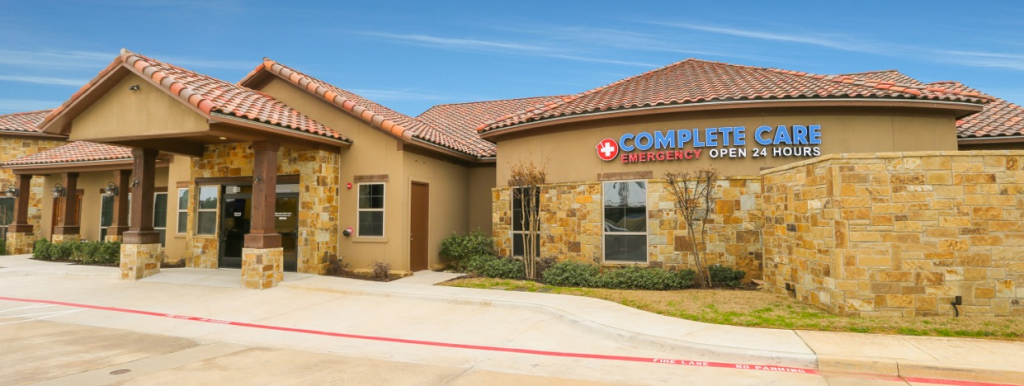Do you go to the ER for a broken bone? Yes, broken bones almost always require professional medical intervention. Even so, people dealing with a potentially broken bone often think they can ride it out on their own. If you’ve heard a snap or a crack following the application of force to the bone, you could very well be dealing with a fracture and in need of emergency medical attention!
How can you tell if a broken bone is serious?
The seriousness of a fracture is usually contingent on the force that triggered the break. If the bone’s breaking point has been surpassed only a little, then the bone may crack instead of breaking all the way through. When the force is excessive, such as from a gunshot or car crash, the bone may shatter.
Wondering how to tell if you fractured a bone? If you begin to feel intense pain, see swelling or bruising, or are incapable of moving your limb, you may have a broken/fractured bone. Although some people may say that broken bones can heal with time, this is not always the case. If you suspect that a bone is broken, seek medical help immediately, regardless of how minor or severe the pain may be.
Symptoms of a fractured bone may include:
- Bruising
- Swelling
- Tenderness
- Immediate sharp pain
- Visible deformity
- Protruding bones
- Inability to move the limb
Knowing what type of fracture you’re experiencing can also help determine the severity. However, as mentioned above, you should seek medical help regardless of the severity of your fracture or break, as injuries can get more painful over time.
Types of fractures
In the medical field, the terms “break” and “fracture” are used interchangeably. However, not all fractures are created equal.
The most common types of fractures include:
- Stable fracture: This type of fracture occurs when the bone breaks clean, but the broken ends of the bone align and are only slightly out of place. This means that the bone is maintaining its original position.
- Open/Compound fracture: This is one of the most severe fractures. An injury caused the bone to break through the skin, causing the skin to rupture. However, this does not always mean the bone will be visible in the wound.
- Transverse fracture: This is where the fracture occurs at a 90-degree angle, straight across the bone.
- Oblique fracture: The bone breaks at an angle and causes a visible deformity beneath the skin. This fracture is most common in long bones such as the femur or tibia.
- Comminuted fracture: In this kind of fracture, the bone shatters into at least three pieces. This type of fracture usually happens after severe trauma, such as a car accident, and is more likely to occur in the hands or feet (for example, comminuted fractures in fractured thumbs are very common).
How long can a broken bone go untreated?
A fracture should not go untreated. Regardless of where on the body the fracture occurred, it can do substantial damage if not treated properly in a timely manner. If not, the bone may remain broken or heal incorrectly, only making the pain worse over time. So, why do people wait?
Unfortunately, many people believe that a fracture, regardless of how minor, is not a big deal. Some people think that their fractures are just sprains that can be healed with R.I.C.E. (Rest, Ice, Compression, and Elevation), but the difference between a sprain vs. a fractured foot is that a fracture may require surgery or other procedures in order to fully heal.
So, where should I go if I think I’ve broken a bone? If you think that a bone may be broken, it’s important to head to the nearest emergency room as soon as possible. Preferably, you should go right after the incident occurs.
What happens in the ER when you break a bone?
When you arrive at the emergency room, a physician will examine the areas of the body where the fracture(s) occurred to determine the type of fracture and its severity. After some X-rays and further examinations, the physician will recommend a treatment plan.
Fracture treatment all depends on how impactful the fracture is. For example, a minor broken ankle treatment may need stabilization from a doctor, but a severe fracture may require inserting pins in the skin to realign the bones or even certain surgeries. Both situations should include a visit to an orthopedic doctor to ensure that the bone is healing correctly.
You may be sent off with crutches, a cast or splint, pain medication, and other tools to help ease the pain of your broken bone.
Think you may have broken a bone? Come to Complete Care for treatment ASAP!
Do you go to the ER for a broken bone? Yes! You should head to your nearest emergency room the second you suspect that a bone may be broken.
Complete Care is a 24/7 freestanding emergency room that provides hospital-grade X-rays and other diagnostic tools. Our ER physicians are trained to deal with bone fractures and can provide treatment in less time than a traditional hospital. After all, this is not the type of injury that can wait!
We have locations all over Texas and in Colorado Springs that are staffed with medical professionals ready to take complete care of you.

